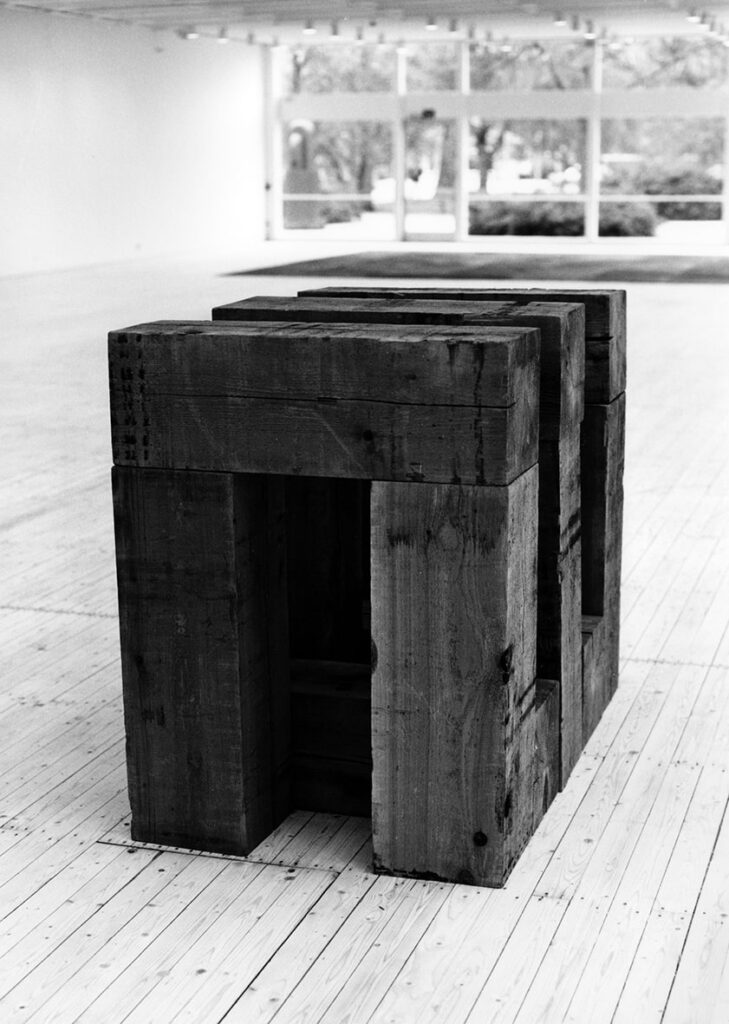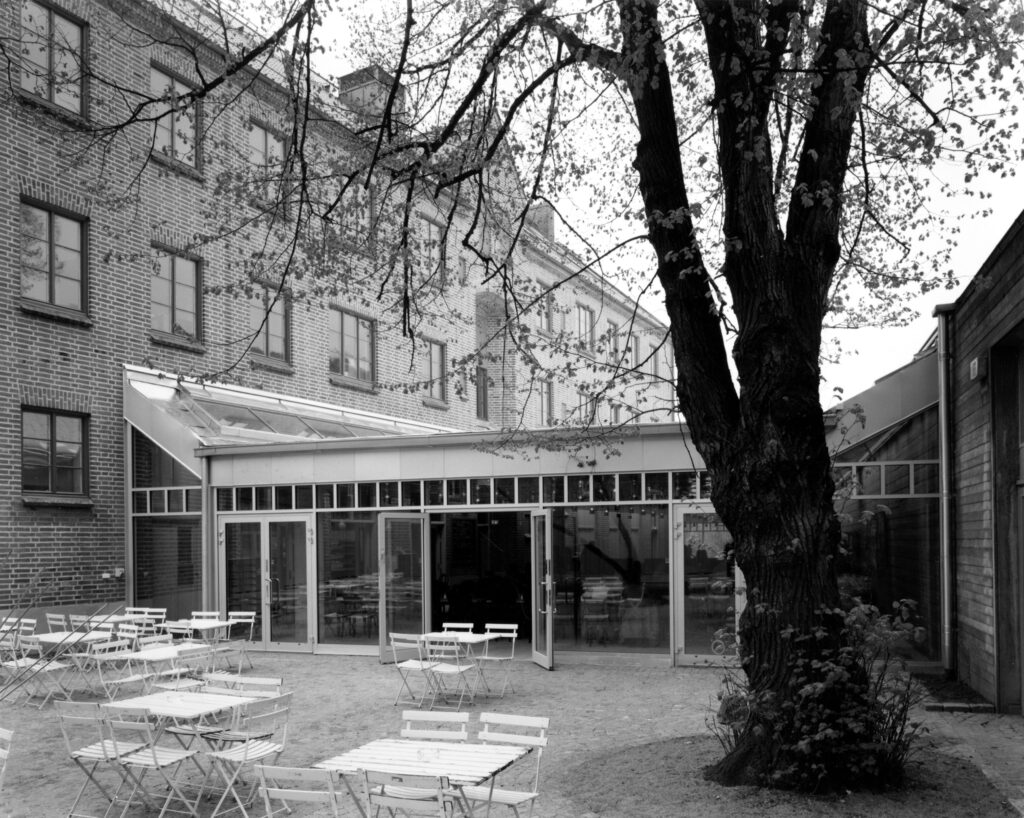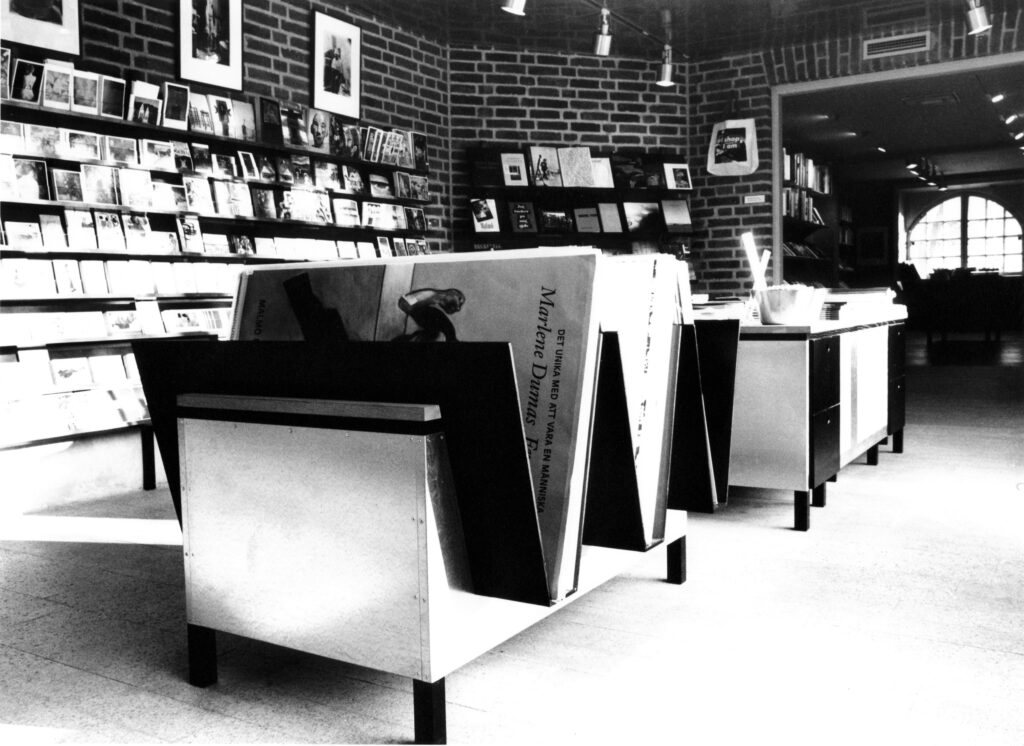
Till Brancusi (For Brancusi)
16.04 1994 – 29.05 1994
When Malmö Konsthall reopened in 1994 after an extensive renovation, it was celebrated with the exhibition “Till Brancusi” (For Brancusi). It was a tribute to the Romanian sculptor Constantin Brancusi, whose vision of form, material, and spatiality has had a profound impact on modern sculpture. But the exhibition was also a homage to the art hall itself – Klas Anshelm’s architecture, where light, space, and the floor of Småland spruce were brought to the fore after the room had been freed. The restaurant, reception, stage, and bookshop had been moved to an adjacent building, allowing the hall to emerge in its entirety – bright, open, and unobstructed.
Four sculptors were invited: Carl Andre, Miroslaw Balka, Richard Deacon, and Ellsworth Kelly. Together, they formed a line through the 20th century, with Brancusi’s renowned sculpture The Newborn II from around 1920 – on loan from Moderna Museet – serving as the starting point.
All four artists were inspired by Brancusi, but each expressed that influence in distinct ways. Carl Andre, a key figure in minimalism, worked with raw materials in series and modules, where simplicity took on a poetic force. Miroslaw Balka, the youngest in the group, created a site-specific installation that engaged with the hall’s vertical axis by opening up the floor within the skylight. His work – shaped by the body, memory, and physical fragility – found a unique resonance in the bright and open space.
“I can hardly imagine a more beautiful exhibition hall, at least not for new, contemporary art.”
Sune Nordgren, Director of Malmö Konsthall, quoted in Kristianstadsbladet, 16.4 1994
Ellsworth Kelly’s four steel constructions placed color and form in precise balance, blurring the boundary between sculpture and architecture. Richard Deacon’s organically undulating forms, assembled from separate elements, played with ideas of weight, volume, and movement. The contrast between these sculptural expressions – the strict and the rhythmic, the massive and the airy – heightened the dynamic of the exhibition.
“Till Brancusi” was not only a tribute to an individual artist and his studio on Impasse Ronsin in Paris, but also a reflection on sculpture’s relationship to time, light, and space.
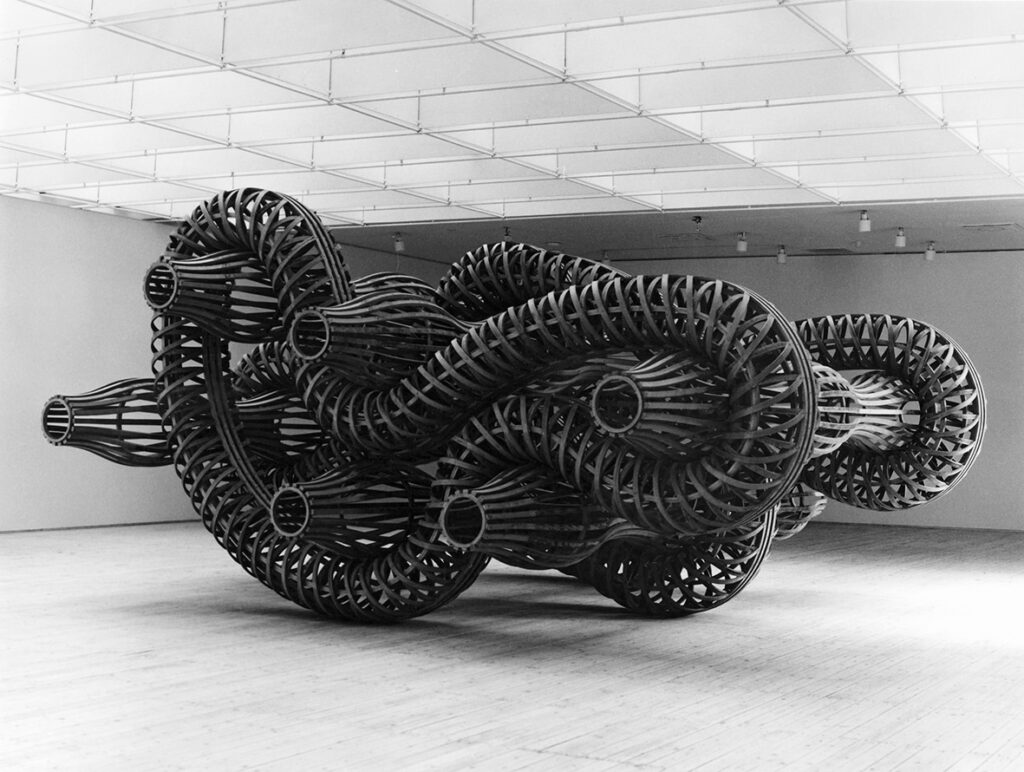
Photo: Jan Uvelius
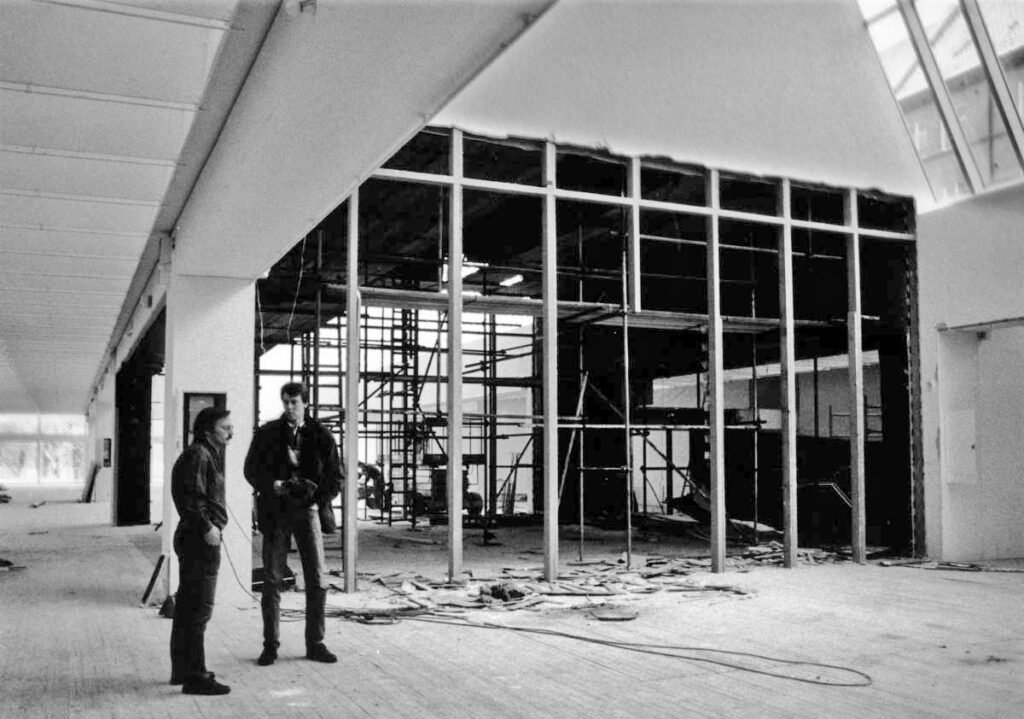


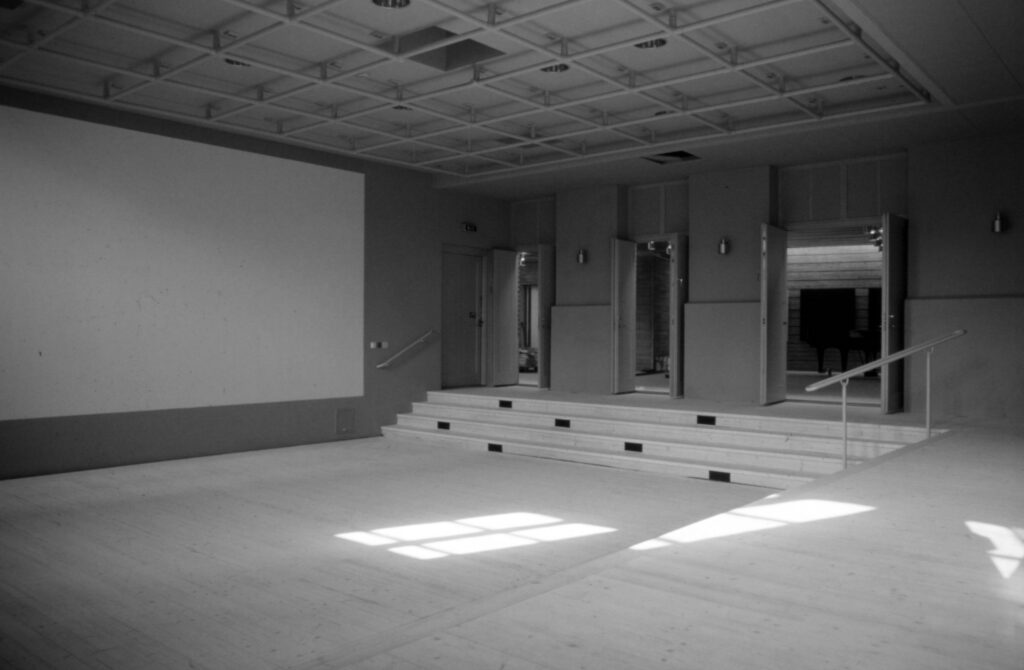

Photo: Jan Uvelius
